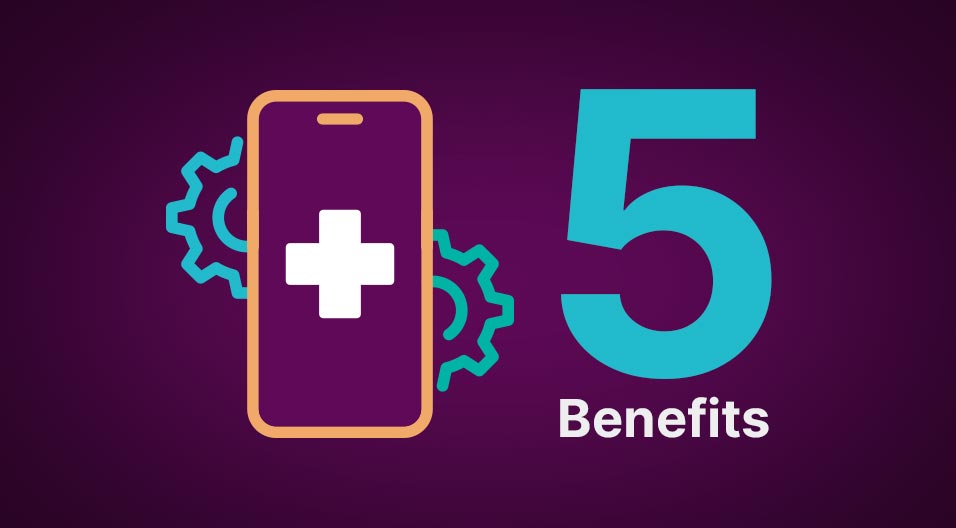This blog post is written in honor of Patient Safety Awareness Week. CipherHealth is dedicated to helping care providers achieve the best workflows and communication, ultimately for safer and healthier populations. To learn how you can improve care at your organization, contact us today.
The patient experience has received much deserved attention, especially over the past few years. Although providers have prioritized the patient experience as a result, many still find it challenging to produce improved outcomes. Leading healthcare experts have taken a novel approach to the way we think about care delivery and patient safety today through Patient and Family Engaged Care.
What is PFEC?
Patient and Family Engaged Care (PFEC) implies that the patient and their family are actively involved and empowered in the care process. According to Susan B. Frampton’s article on patient and family engaged care, “they are active participants whose voices are honored. Family and/or care partners are not kept an arm’s length away as spectators, but participate as integral members of their loved one’s care team. Individuals’ (and their families’) expertise about their bodies, lifestyle, and priorities is incorporated into care planning and their care experience is valued and incorporated into improvement efforts.”
The Benefits of PFEC
PFEC shows significant promise, as providers now look at patients as people with unique histories, bodies, and distinct preferences. By giving the patient more of a say in his/her care, the provider is more likely to both deliver the care that resonates most with the patients and empowers them to be more engaged and compliant, thereby improving the patient’s health in a meaningful way.
However, the real challenges of achieving PFEC come from the current provider-centric healthcare culture. Although healthcare professionals are starting to embrace the patient experience, the added effort and time PFEC takes to implement and manage can be daunting.
We believe that PFEC can pave the way for the future of healthcare, as its beginnings were associated with achieving the quadruple aim. First and foremost, the PFEC model can help achieve better care, as those who are actively participating in this model of care report increases in both patient satisfaction scores, patient outcomes, and the patient’s perception of his/her care.
Supporters of PFEC are quick to make the distinction that more care does not equal better care. By focusing on a patient’s preferences and improving the patient experience through compassionate and empathetic care, providers are reducing the risk of unnecessary readmission and improving transitions of care, thereby improving patient safety.
PFEC also has the potential to lower costs for any healthcare facility. In fact, there is a growing correlation between PFEC and the following:
- Reduced rates of hospitalization
- Decreases in emergency department use
- Reduced rates of elective surgeries
- Shorter lengths of stay and costs per case
These elements contribute to more appropriate spending and utilization for patients, healthcare organizations, and payers.
Overall, PFEC requires certain cultural changes within a healthcare facility’s infrastructure. However, the potential benefits are tremendous. By designing care with both patients and families, patients are happier with their care and safer, providers are more engaged with the care process, and facilities save on costs. To learn more about how CipherHealth can help your facility keep patients safer, contact us today.







